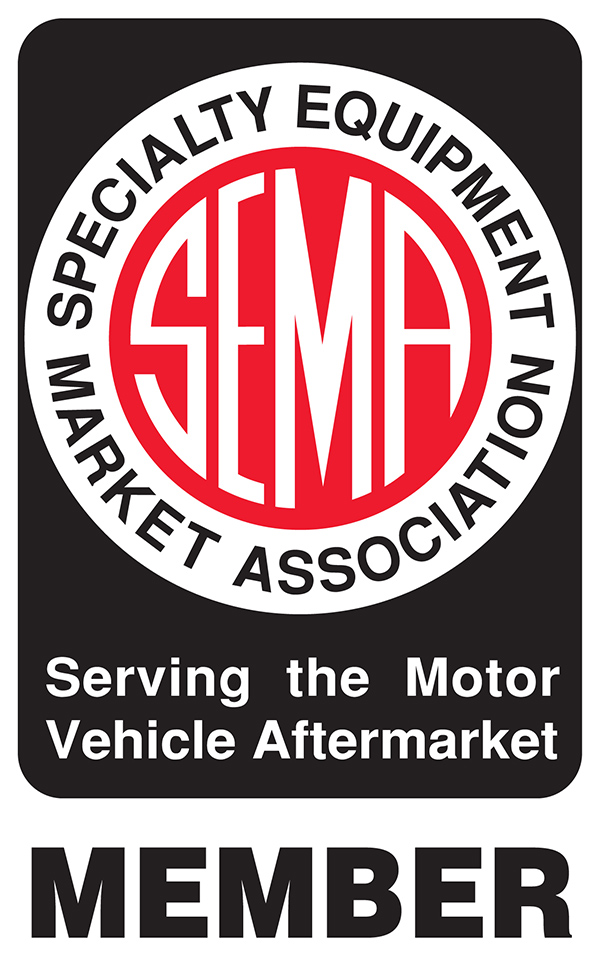5 Tips to Prevent Your Car from Rusting in Winter

Once rust begins, it doesn’t stop. Over time, rust can seriously damage your vehicle. Not only does it look bad, but it also weakens the structure of your car and lowers its resale value.
The good news is rust isn’t unavoidable, and there are steps you can take to prevent it.
“Both modern and 90s-era cars are built to be durable. However, no matter how strong they are, vehicles are still vulnerable to the forces of nature. Thankfully, there are certain steps vehicle owners can take to protect their cars from environmental damages such as corrosion” says Mr. Ahmed Madi, Sales Director at ONYX COATING.
Lets look at few protective measures which you can take against these natural phenomena.
Apply an Underbody Coating
Rust forms when moisture and oxygen interact with the iron in steel, causing it to break down into iron oxide. Scratches or chips in your car’s paint expose the metal underneath, allowing rust to form faster, especially when road salt and chemicals are involved.
Since rust typically starts on the underbody, applying a protective undercoating is one of the best ways to shield your vehicle. This is especially important if you live in areas with wet, wintry conditions.
“If you live in the Hawaii, getting a professional undercarriage rust-proofing treatment as soon as possible is a smart move,” ONYX COATING

There are various coatings to choose from, like rubberized or asphalt-based products. Some are cheaper but need reapplication over time, while others are pricier but offer long-term protection. Coating a car’s underbody can cost up to $1,000, depending on the brand.
However, while undercoating works well for the underbody, it’s not meant for the rest of the car. Waxing may make your car look shiny, but it won’t prevent rust.
“If you’re seeking complete exterior protection for your vehicle to guard the paint against rust, debris, and to extend the life of your car’s finish, consider options like applying paint protection film, ceramic coating, or graphene to your car’s surface,” says ONYX COATING. “These solutions can provide an added layer of defense, helping maintain the appearance and durability of your car for longer.”
Pressure-Wash the Underbody
Salt buildup on your car’s exterior is bad, but the underbody is even more vulnerable. Even if you’ve had it coated, regularly pressure-washing your car is still important to wash away salt and grime that could cause rust.
What is sault
Salt buildup on your car’s exterior occurs when road salt, commonly used to melt ice and snow during winter, accumulates on the vehicle’s surface. Over time, this salt can cling to the paint, wheels, undercarriage, and other exposed parts of the car. While it’s effective for road safety, salt is highly corrosive and can cause significant damage to a vehicle if left unchecked.
“It’s best to pressure wash your car every week or so. However, keep in mind that the frequency may vary based on the exterior protection products you have applied. If you have ceramic coating, you should be more cautious when pressure washing, as it could damage the coated surface”, says ONYX COATING.
Fix Paint Chips Quickly
Chipped paint is an invitation for rust. While car wraps or paint protection films can help, Stoops recommends addressing any chips as soon as possible, especially before winter. This prevents salt and chemicals from attacking exposed metal.
Want to keep your car looking showroom-new for years to come? Paint Protection Film (PPF) is the answer. This invisible shield is a clear or tinted film that’s applied to your car’s exterior, protecting it from scratches, chips, and even those pesky bird droppings.
Think of it as a superhero cape for your ride. PPF not only safeguards your car’s paint but also helps prevent fading caused by the sun’s harmful UV rays. It’s like a force field, deflecting the elements and keeping your car looking its best.
Investing in PPF is a smart move. It’s a one-time cost that can save you from expensive repairs and help maintain your car’s resale value. No more worrying about scratches or chips ruining your car’s appearance.
So, if you want to keep your car looking as good as new for years to come, PPF is a no-brainer. It’s a simple, effective way to protect your investment and enjoy a worry-free driving experience.
Vunyx® PPF strata are the ultimate solution for preserving the appearance of your vehicle.
Vunyx® Films are engineered to preserve showroom perfection and deliver unmatched paint protection. Vunyx® Films offer an extremely durable protective layer that not only maintains the car’s aesthetic appeal but also increases its resale value and of course quality and durability.
Modern cars are less prone to rust than older models, but deep chips or scratches that expose bare metal—especially on the hood or fenders—should be touched up with automotive-grade paint, available at most auto parts stores.
Use Rubber Floor Mats
Melted snow and slush from your shoes can soak into your car’s carpet, carrying salt that can cause rust. Rubber floor mats can help keep your interior clean and dry.
Universal mats are affordable, but they might not fit perfectly. Custom-fit mats are more expensive, often costing up to $200, but they stay in place and offer better protection.
Store Your Car in Winter
The best way to avoid rust is to keep your car off the road in winter. If possible, store your vehicle in a garage or carport. Before doing so, make sure to prepare it properly—fill the gas tank to prevent moisture buildup, wash and wax the exterior, change the oil, add fuel stabilizer, and disconnect the battery.
Conclusion
Rust is a common and costly problem for car owners, but it can be prevented with proper care and maintenance. By implementing the strategies outlined in this blog post, you can significantly reduce the risk of rust and protect your vehicle’s value and longevity.
Key takeaways:
- Regular maintenance is essential for preventing rust. Wash your car regularly, inspect for damage, and address issues promptly.
- Underbody protection is crucial, especially in areas with harsh weather conditions. Consider applying a protective coating to shield your car’s undercarriage from moisture and salt.
- Exterior protection can help prevent rust and maintain your car’s appearance. Waxing, sealing, and applying paint protection film or ceramic coatings can provide an added layer of defense.
- Interior protection is also important. Use rubber floor mats to prevent moisture and dirt from damaging the carpet, and clean the interior regularly to remove potential rust-causing elements.
- Proper storage can help protect your car from rust, especially during the winter months. Store your vehicle in a garage or carport when possible, and take necessary precautions to prevent moisture buildup and rodent damage.
By following these guidelines and seeking professional advice when needed, you can ensure that your car remains rust-free and continues to provide reliable transportation for years to come.



















